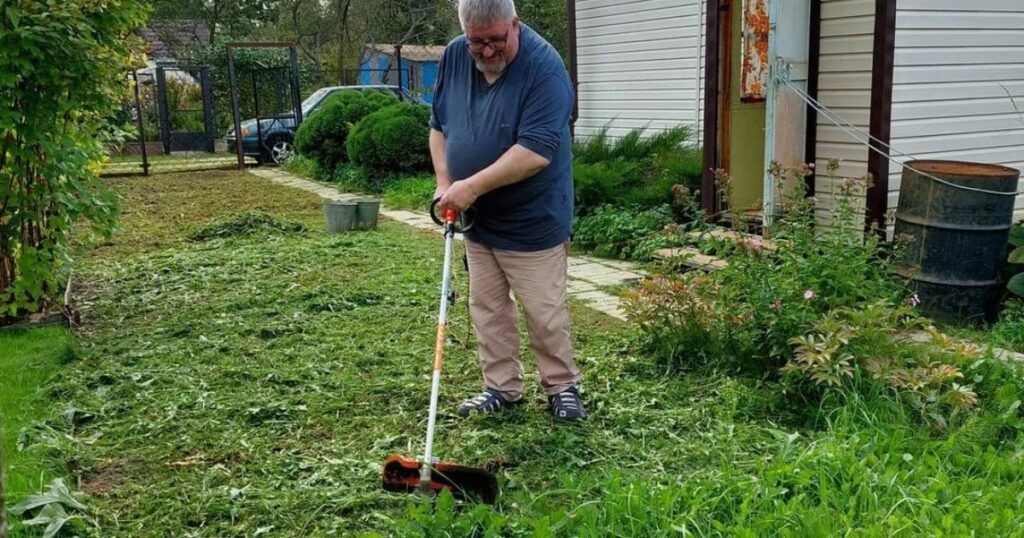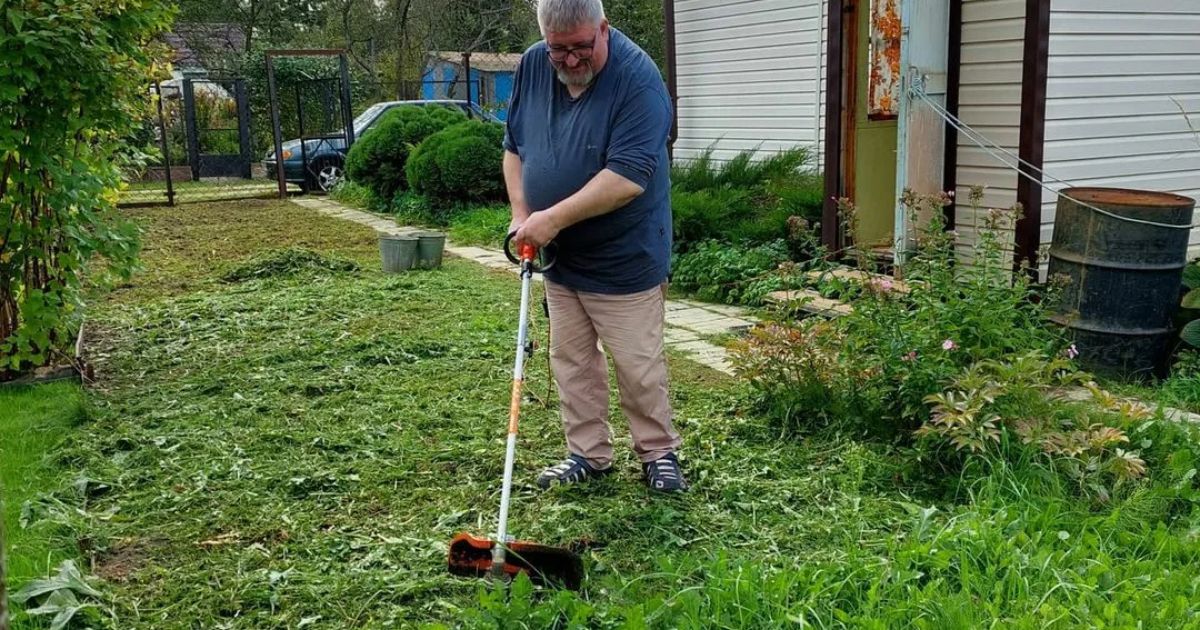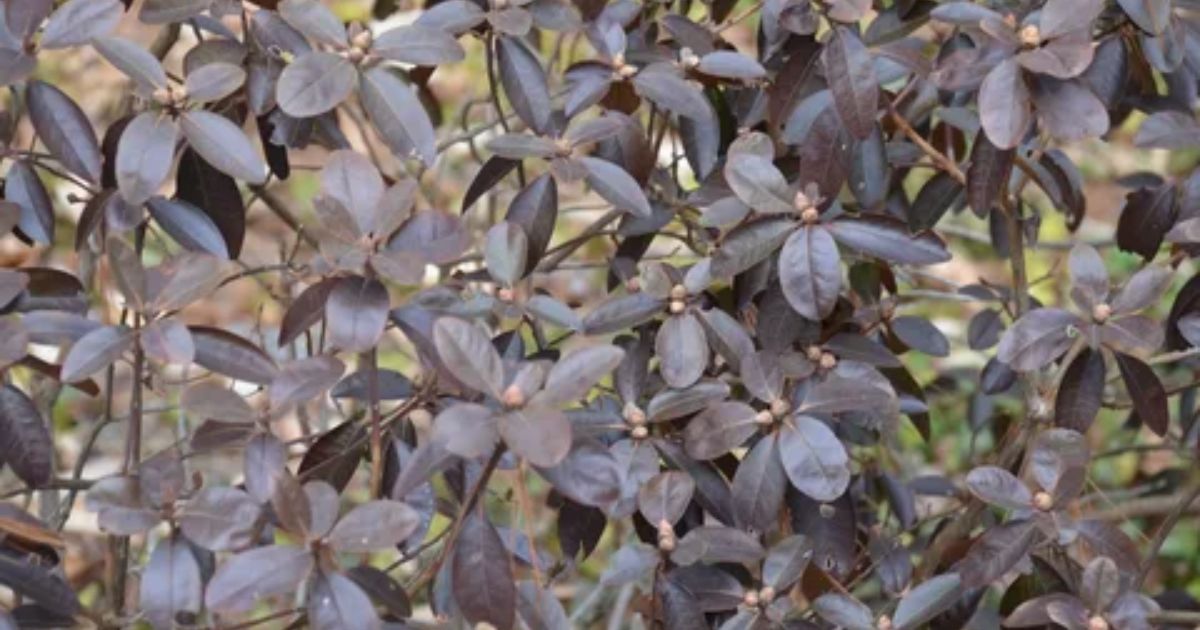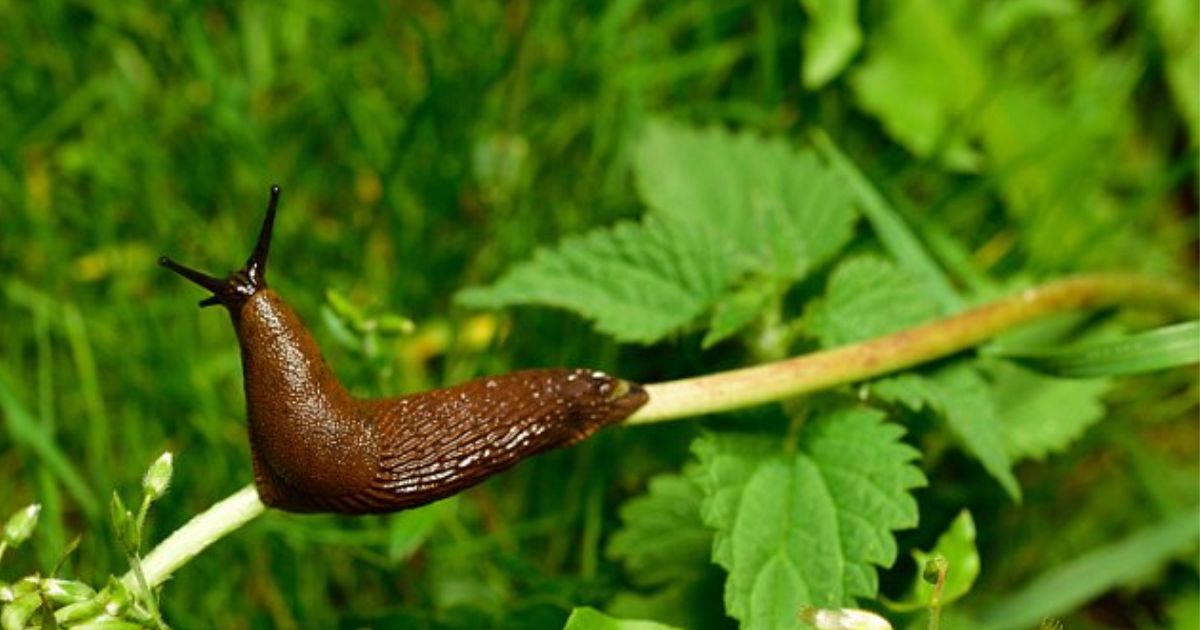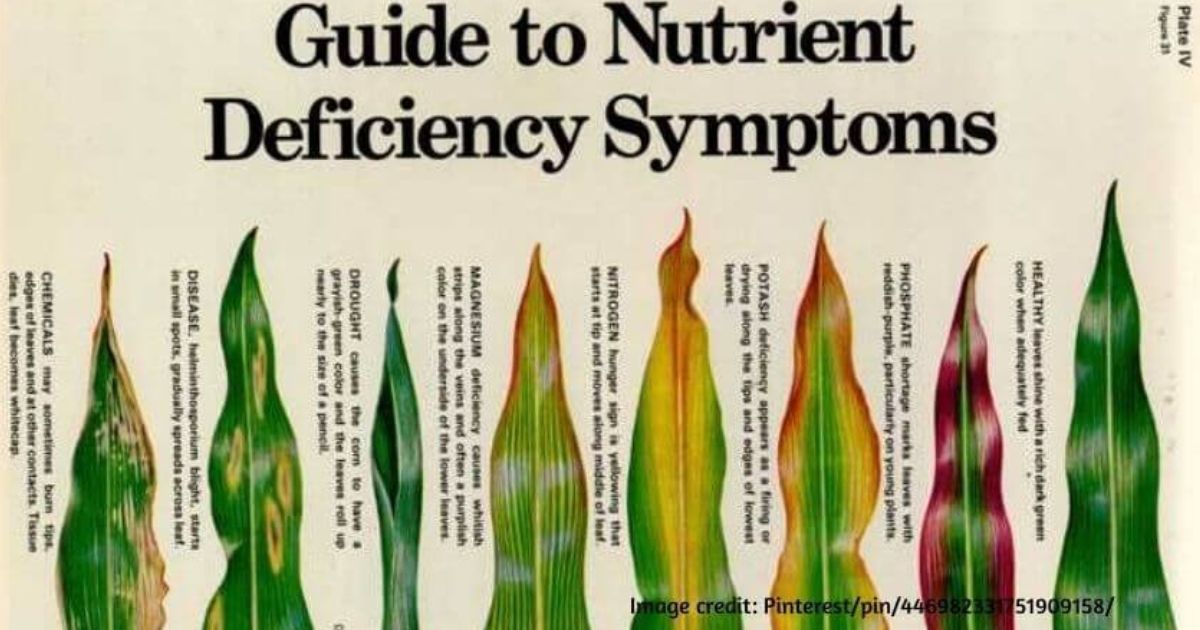Gardening is more than a relaxing pastime; it’s an advantageous way to connect with nature, grow your own fresh produce, and design a space filled with colour and life. For beginners, the idea of starting a garden might seem a little intimidating. Questions like “What should I plant?”, how to learn how to garden or “What tools do I need?” are completely normal when you’re just getting started.
The good news? Anyone can become a gardener with a bit of patience, observation, and care. Whether your goal is to grow bright flowers, healthy vegetables, fragrant herbs, or decorative indoor plants, mastering the basics is the first step toward success. This guide will help you understand essential gardening principles, prepare your soil, choose the right plants, and develop practical skills to nurture a thriving garden you’ll be proud of.
Understanding Gardening Basics
Before you plant anything, it’s essential to understand what gardening really means. In simple terms, gardening is about creating the right conditions for plants to thrive. All plants share a few fundamental needs: How to Trim a Tree That Is Too Tall sunlight, water, nutrients, and good soil. Once you understand these concepts, you’ll be able to make more informed choices for your space and climate.
There are several types of gardening styles you can explore:
- Flower Gardening: Focused on aesthetics, using annuals and perennials to create beautiful, colourful displays.
- Vegetable and Herb Gardening: Great for homegrown produce; requires good soil fertility and seasonal timing.
- Container Gardening: Ideal for small areas or balconies, where pots or planters are used instead of open ground.
- Indoor Gardening: Ideal for apartments, this approach utilises grow lights and proper ventilation to maintain healthy plants year-round.
Understanding your environment and choosing a style that suits your space and lifestyle will set a strong foundation for your gardening journey.
How to Trim Bushes and Shrubs

Regularly trimming bushes and shrubs keeps them healthy, neat, and well-shaped. Begin by inspecting your plants and removing any dead, diseased, or damaged branches. Use clean, sharp pruning tools to prevent infections and make smooth cuts.Next, thin out crowded areas to improve airflow and allow sunlight to reach every area of the plant. Always trim following the natural shape of the shrub, avoiding cuts that are too deep or removing more than one-third of the plant at a time. Top 15 Small Evergreen Flowering Shrubs for Tiny Yards Make your incisions slightly above a branch junction or leaf node at a slight angle for faster healing.
After trimming, remove any debris and water the plant thoroughly to reduce stress. With regular maintenance, your shrubs will stay lush, intense, and beautifully shaped throughout the growing season.
When Is the Best Time to Trim Bushes?
The timing of pruning depends on the type of bush:
- Deciduous Shrubs: Trim in late winter or early spring while the plant is dormant.
- Spring-Flowering Shrubs (like lilacs or azaleas): Prune right after flowering to avoid removing next year’s buds.
- Summer-Flowering Shrubs (like butterfly bush or hydrangea): Best trimmed in early spring before new growth starts.
- Evergreen Shrubs: Light trimming can be done at any time, but heavy pruning should be done in early spring.
Avoid pruning during extreme temperatures, drought, or frost, as this can harm your plants.
How to Prepare Soil for Planting Flowers
A flourishing garden starts with healthy soil. To prepare it properly:
- Clear the Area: Remove weeds, roots, and rocks.
- Loosen the Soil: Dig 8–12 inches deep to improve drainage and allow roots to expand.
- Test the pH: Most flowers prefer soil with a pH between 6.0 and 7.0. Adjust with lime (to raise) or sulfur (to lower).
- Add Organic Matter: Mix in compost or aged manure to enrich the soil and retain moisture.
- Improve Drainage: Add sand or perlite for heavy clay soils.
- Level and Smooth: Rake the surface before planting for better root contact.
By doing this, your soil becomes nutrient-rich, well-drained, and ready to support strong, vibrant blooms.
How to Grow Flowers from Seeds
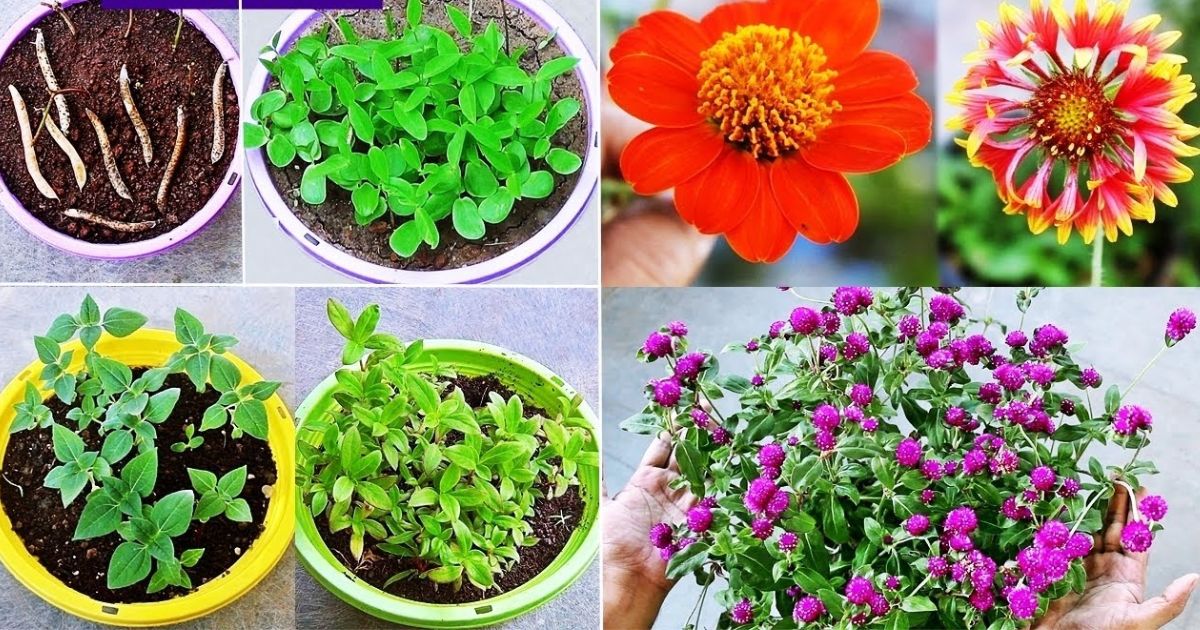
Starting flowers from seeds is an affordable and rewarding experience. Here’s how to do it right:
- Choose Suitable Seeds: Pick varieties that match your climate and garden conditions.
- Prepare Containers: Use seed trays or little pots filled with a gentle seed-starting mixture.
- Sow the Seeds: Follow the depth instructions on the seed packet, gently covering the seeds with soil.
- Water and Cover: Keep the soil moist but not waterlogged. 10 Common Seed Starting Mistakes and How to Fix Them Cover with plastic wrap to retain humidity.
- Provide Light: Place in a sunny window or under grow lights for 12–16 hours of daily light exposure.
- Thin Seedlings: Once two sets of true leaves appear, remove weaker ones to give space for strong growth.
- Transplant Outdoors: After hardening off for a week, move seedlings into the garden with proper spacing.
Watching seeds sprout and bloom is one of the most satisfying experiences for any gardener.
When to Cut Down Clematis
Knowing the right time to prune or cut down clematis is essential for healthy growth and abundant flowering. Clematis plants are divided into three main groups, each with distinct pruning requirements.
Group 1 – Early-Flowering Clematis: These bloom in spring on old wood. Prune immediately after flowering, removing only dead or damaged stems and lightly shaping the plant. Avoid heavy pruning, as it can remove buds for next year’s flowers.
Group 2 – Large-Flowered Hybrids: Bloom on old wood in late spring and may produce a second bloom on new growth. In late winter or early spring, softly prune to remove weak or crossing stems. After the first flowering, a light trim encourages additional blooms later in the season.
Group 3 – Late-Flowering Clematis: These bloom in summer or fall on new wood. They require hard pruning in late winter or early spring, cutting most stems back to 12–18 inches above the ground. How to Protect Trees and Shrubs in Winter This promotes strong new growth and plentiful flowers on the current year’s stems.
Additional Tips: Always use clean, sharp pruning shears to prevent disease, remove weak or damaged stems, and tie new growth to supports to guide its direction.
By following the correct pruning schedule for your clematis type, you’ll maintain a neat shape, encourage vigorous growth, and enjoy a vibrant display of flowers each season. Proper timing is key to maximising blooms and overall plant health.
Essential Gardening Techniques for Beginners
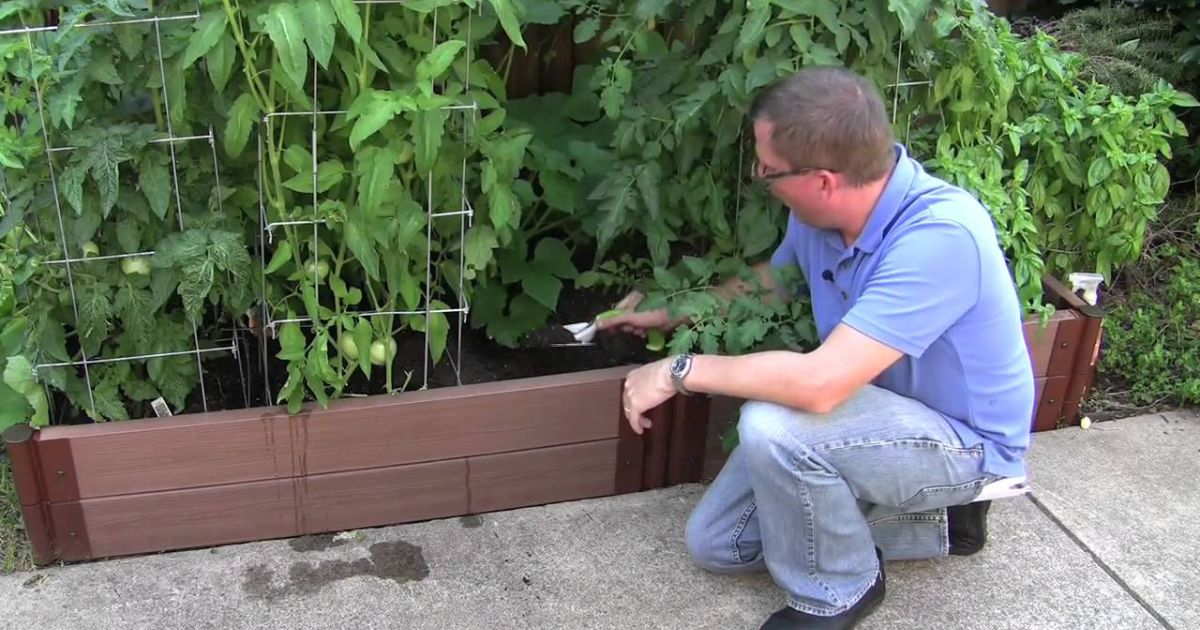
- Planting: Follow spacing and depth instructions on seed packets.
- Watering: Water deeply but less often; avoid overhead watering.
- Mulching: Add 2–3 inches of mulch to lock in moisture and prevent weeds.
- Pruning & Deadheading: Regularly remove dead leaves and flowers to promote growth.
- Fertilising: Use organic or slow-release fertilisers to naturally enrich the soil.
- Pest Control: Inspect plants regularly and use natural remedies, such as neem oil.
- Companion Planting: Grow complementary plants together to boost growth and deter pests.
Consistency and care are the keys to building a thriving, low-maintenance garden.
Conclusion
Gardening is an enriching journey that connects you with nature while bringing beauty and life to your surroundings. Whether you’re growing flowers, herbs, or vegetables, every plant you nurture teaches patience, care, and appreciation for the natural world. For beginners, success comes from understanding the basics, choosing the right plants, preparing healthy soil, providing proper water and light, and maintaining consistent care.Start small and focus on learning as you go. Observe how your plants respond to different conditions and make gradual improvements. Why Is My Clematis Turning Brown Mistakes are part of the process, but each one helps you grow as a gardener. Over time, you’ll develop confidence and intuition about what your plants need to thrive.
Gardening isn’t just about cultivating plants; it’s about cultivating joy, mindfulness, and a sense of accomplishment. Watching your hard work bloom into vibrant colours or fresh produce is one of life’s simplest yet most fulfilling pleasures. So, pick up your tools, get your hands in the soil, and start your gardening adventure today. With patience, practice, and passion, your garden will flourish and become a peaceful, rewarding escape you can enjoy for years to come.
FAQ
How much time does it take to become a gardener?
Learning to garden is a slow process. Beginners often see results within a few weeks for fast-growing plants, but mastering techniques and understanding the different needs of various plants can take several seasons.
Do I need a big garden to start gardening?
Not at all. You can start with small pots, containers, or raised beds. Even a balcony, patio, or windowsill can be transformed into a thriving garden.
Which plants are the simplest for novices to grow?
Fast-growing annuals, such as marigolds, zinnias, and sunflowers, as well as herbs like basil, mint, and parsley, are ideal for beginners due to their resilience and minimal care requirements.
Can I garden indoors if I don’t have outdoor space?
Yes. Indoor gardening is possible using pots, seed trays, and grow lights. Herbs, leafy greens, and small flowering plants thrive indoors with sufficient light and proper care.
Can I garden indoors?
Yes! Herbs, small flowers, and leafy greens grow well indoors with enough light and warmth.

